The right artist can bring auto parts and auto repair alive, whether through grotesque hybrids, anthropomorphized mechanicals or mechanics who are plain realistic. Back to the Automotive Art Gallery index
Continue reading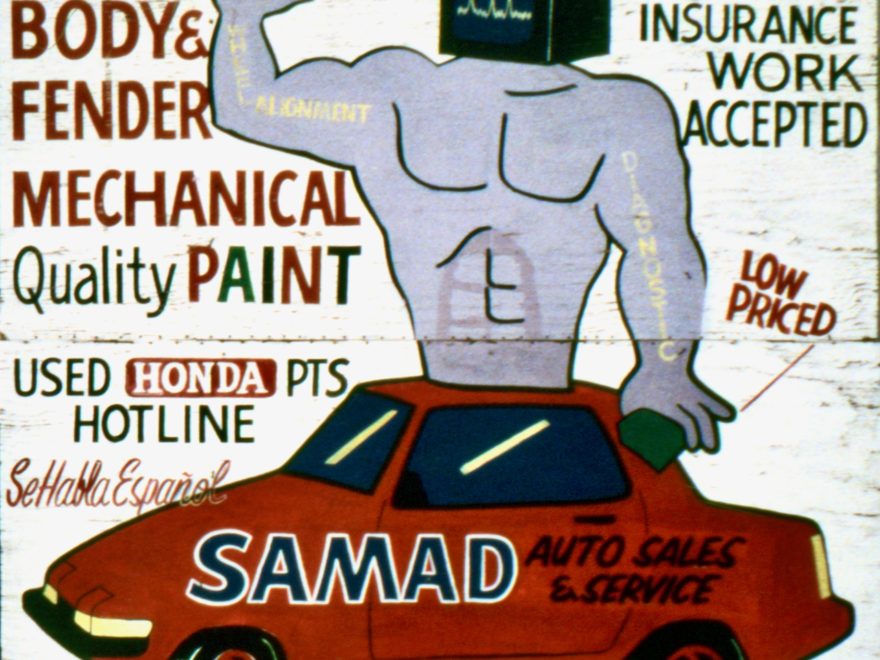

The right artist can bring auto parts and auto repair alive, whether through grotesque hybrids, anthropomorphized mechanicals or mechanics who are plain realistic. Back to the Automotive Art Gallery index
Continue reading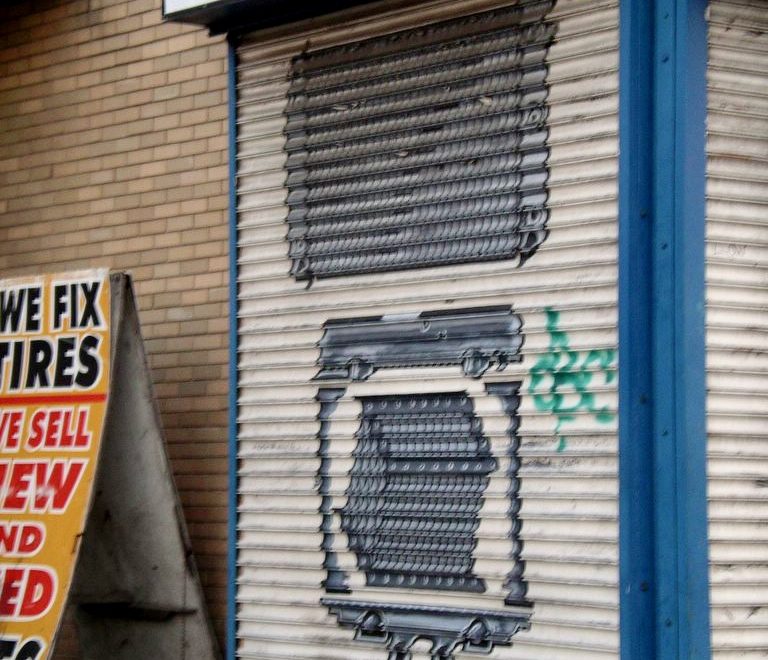
One of the most common techniques for promoting auto repair shops and parts stores is to have a large variety of images floating around the place. These three examples of folky auto parts run from the North Side to the Far South Side of Chicago . Back to the Automotive Art Gallery index
Continue reading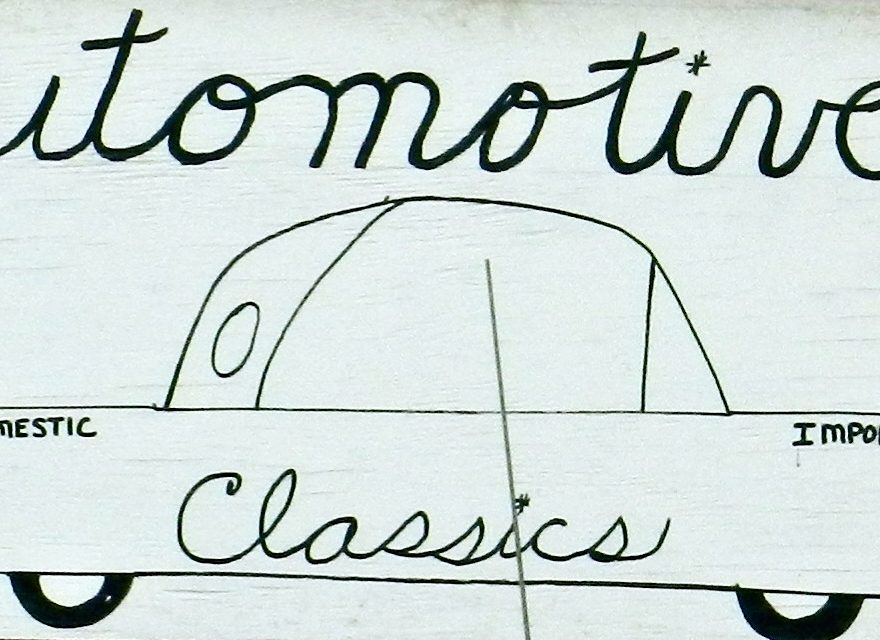
Repair shops and sales lots alike commission some fine vehicle renderings, from the schematic to the realistic to the bizarre. Back to the Automotive Art Gallery index
Continue reading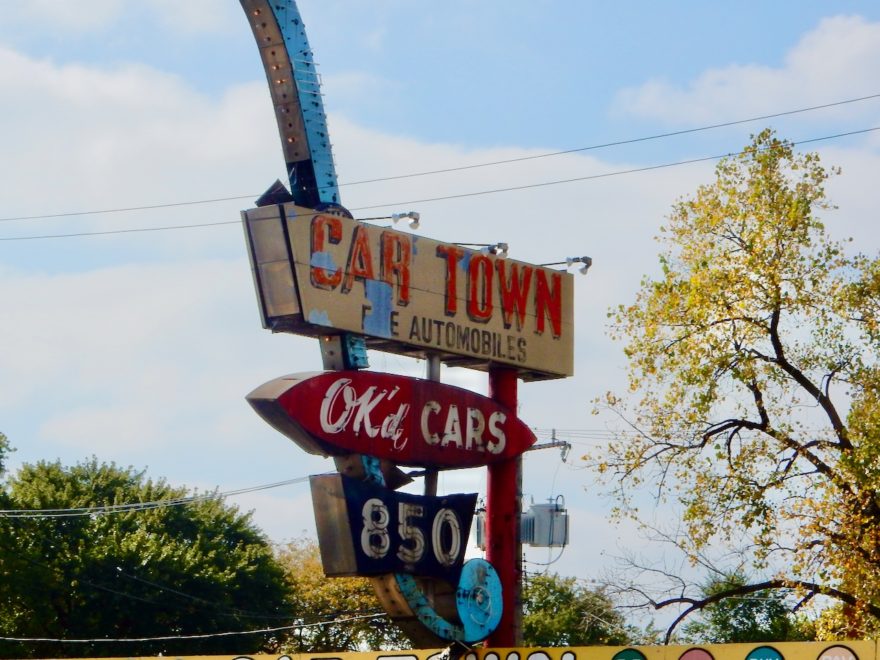
The neon extravaganza promoting the Car Town used-car lot on Western Avenue in Chicago was dismantled in 2020, having stood there, it’s believed, since the mid-1950s. The neon was complemented by some large-scale painted signs as well as a very nice Mid-Century Modern structure. More on Car Town. Back to the Automotive Art Gallery index
Continue reading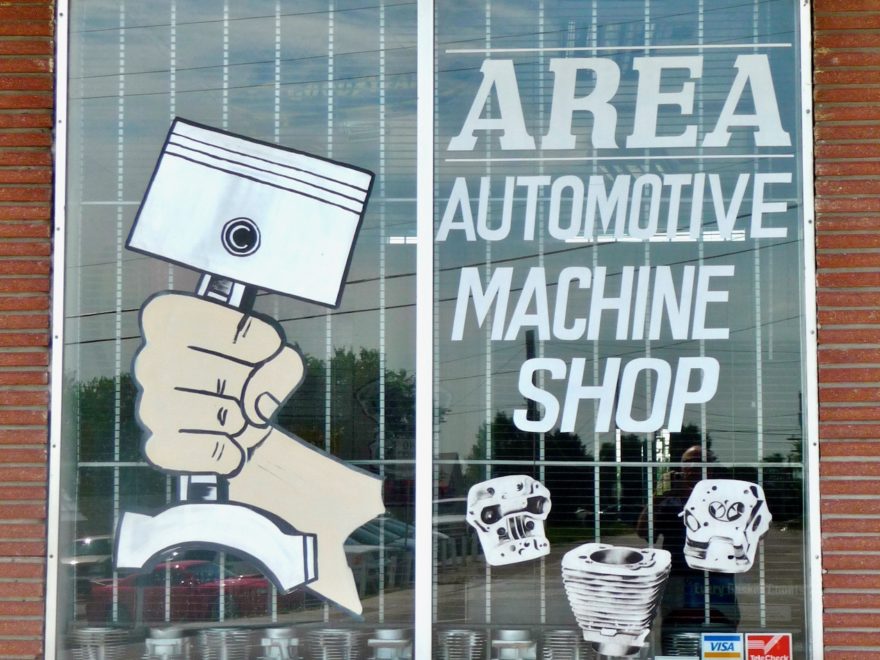
Chicago is home to a many fine roadside representations of auto parts, but this kind of art is not exclusive to the Midwest. There is great automotive imagery all over, from Jacksonsville, Florida, to San Francisco. Here are some great examples. Back to the Automotive Art Gallery index
Continue reading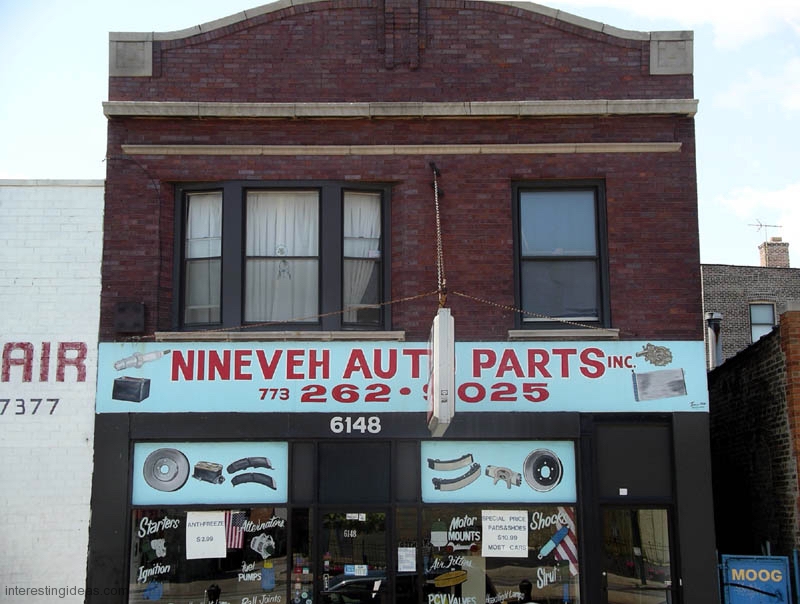
Auto parts float against a lovely blue background at Chicago’s Ninevah Auto Parts. Back to the Automotive Art Gallery index
Continue reading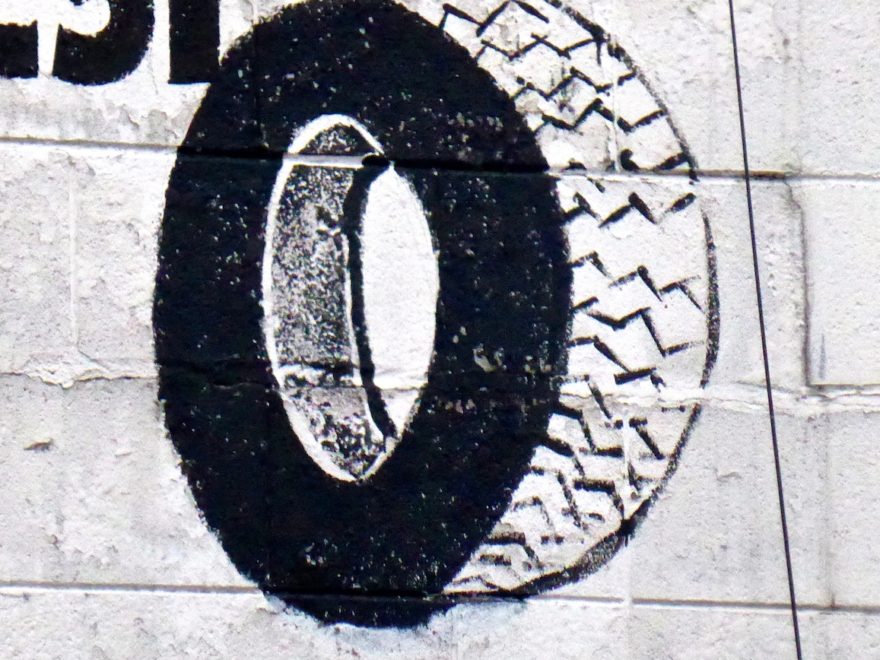
Like mufflers, tires have a special place in the universe of automotive signage. Painted tire art can be found in many locations, and actual tires, like actual mufflers, can serve very effectively to advertise a service. Personally, I love the simple tire-on-a-stick, though there is still much to like in every artist’s painted rendition of this ubiquitous form. Back to the Automotive Art Gallery index
Continue reading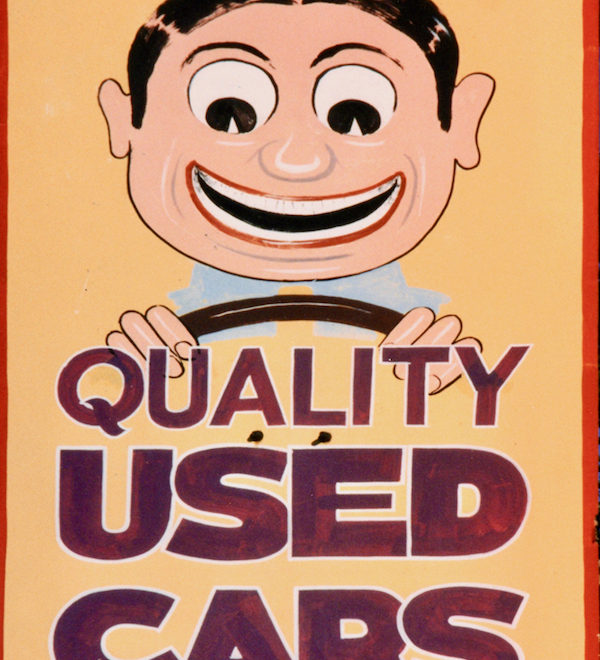
Here’s a look back at a spectacular automotive art environment that once graced Chicago’s greatest decorated street. Regency Auto Sales was a blast of color and excitement as you headed down Western Avenue toward Chicago’s southern boundary. Each of the carnival-like signs scattered around the car lot was a strong work of art in itself. Together they formed an ensemble as exciting and expressive as any art environment should be. Just north of Regency was Tom’s Auto Mart. It was not nearly as elaborate as Regency, but its use of Disney characters to sell used cars was charming, a nice
Continue reading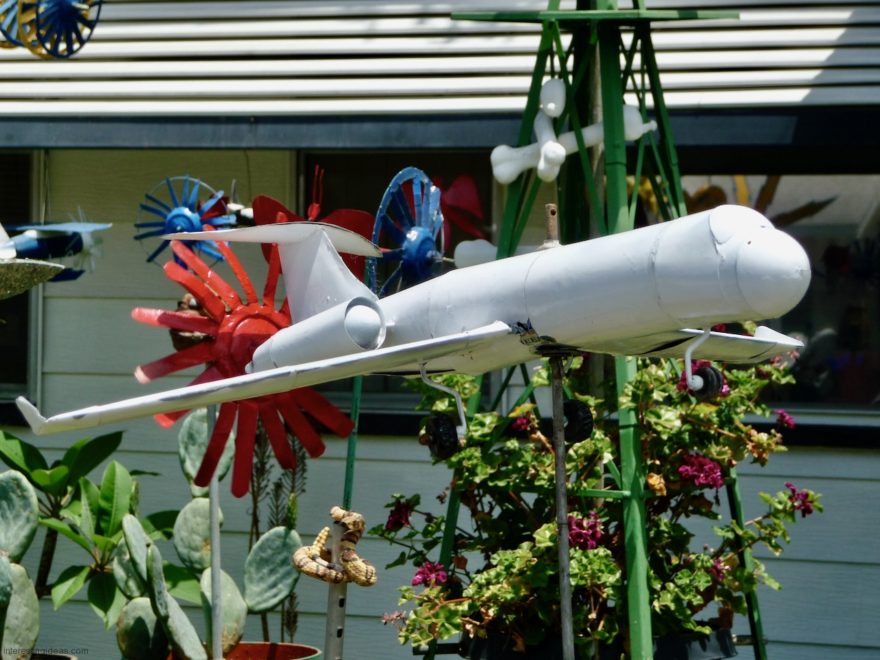
Wind power today usually means alternative energy, but there are those who harness it as a source of personal expression: The whirligig makers. Vollis Simpson ran a machine shop, did heavy equipment repair and was involved in moving houses. In retirement, he started tinkering with odd parts he had lying around. And he started making whirligigs. Big ones. His original whirligig park, in an out-of-the-way field in out-of-the-way Lucama, North Carolina, was the world’s most spectacular concentration of these wind machines. Simpson died in 2013, but the whirligigs were preserved and relocated to a dedicated park in nearby Wilson, where they
Continue reading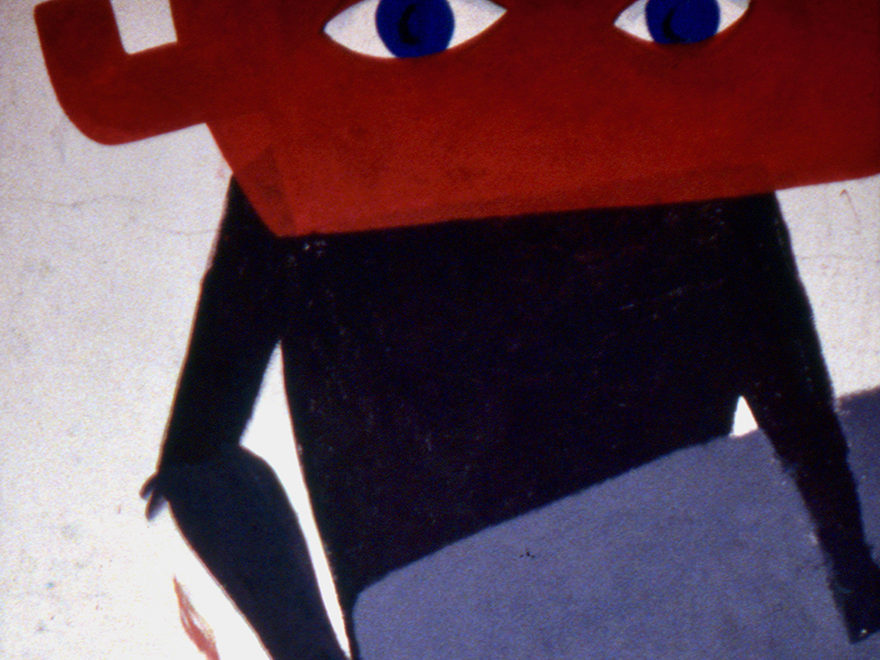
Sculpted muffler figures represent one of the great roadside folk arts, but 2D representations of exhaust pipes and related auto parts are often just as imaginative. The ominous figure from the former E&T Mufflers in Chicago is the greatest example of art on a shop sign I’ve even seen in the wild. Here’s that one again, another image from the same location, and a bunch of other delightful renderings from the underside. Back to Muffler People: The Last American Folk Art.
Continue reading